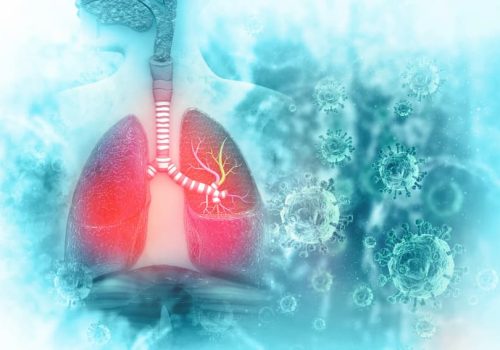Have you ever heard of stem cells?
Do you know the benefits of stem cell treatments?
Also called stem cells, they have been used in the treatment of cancer patients for decades.
More and more benefits are being discovered from the medical use of this particular type of cell, which is found in all multicellular organisms.
One of the many positive impacts is precisely that of contributing to the cure of HIV.
Below, we tell you in detail all the details of this striking news.
Conference on retroviruses and opportunistic diseases in Denver
There is a highly interesting case that was presented in the academic space dedicated in Denver to the treatment of this and other viral diseases.
The CROI (for its acronym in English), created in 1993, has recently been a place of academic discussion of crucial importance due to the medical alternatives presented there in relation to viral diseases such as SARS-CoV-2 and the famous coronavirus -or covid-19-.
But the list of viral diseases can be quite extensive.
Since its inception, this conference has devoted a special chapter to HIV, or human immunodeficiency virus, and the progress made on this subject is truly encouraging.
The case study
This is a case study of a 64-year-old female patient who underwent stem cell therapy to treat her acute myeloid leukemia.
The patient also suffered from HIV.
The umbilical cord blood given to her had a positive effect on the treatment of both diseases.
In particular, the Anglo-American woman was shown to be completely cured of HIV.
This represents a paradigm shift with regard to this type of disease, as well as a promising field of research and encouraging news for those suffering from this immunodeficient disease.
What are these cells and how are they obtained?
Adult organisms produce them naturally, especially mesenchymal cells (related to the origin of viscera) and hematopoietic cells (related to the formation of blood cells).
They also originate from the specific tissue of each organ.
You have, for example, dermal cells and smooth muscle cells of the intestine.
These are responsible for regeneration when there is some kind of tissue damage.
Your research has established methods to obtain them from preserved embryos, individual basometers, partogenesis, amniotic fluid and even cadaveric donors.
Umbilical cord stem cells are considered to be multipotent populations, relatively easy to obtain and can be preserved for up to 15 years.
Treatments with this type of cells
Shinya Yamanaca, a Japanese Nobel Prize winner in Medicine, has referred to the importance of these cells in the treatment of diseases such as diabetes, Parkinson’s disease, neuronal destruction, heart attacks, spinal cord injuries and various types of cancer.
Yamanaca insisted on the risk involved in their indiscriminate use outside the conventional medical field.
He has also revived the discussion of its importance in medical treatment research, moving the spectrum of interpretation away from ethical positions such as those derived from its use in cloning.
The positive impact on the cure of HIV has reactivated interest in the properties of these cells.
Anglo-Saxon physicians have sent a hopeful message to those who have contracted HIV, a disease with devastating mortality rates despite the use of prophylactic methods such as condoms, since, in addition to sexual transmission, it can be transmitted by blood and perinatal (from mother to child) routes.
They have also extended an invitation to pregnant women to freeze their baby’s umbilical cord cells for future treatment.
We believe that we can all contribute with our help to the research of these stem cell treatments which, as you can see, save lives on a daily basis.


















